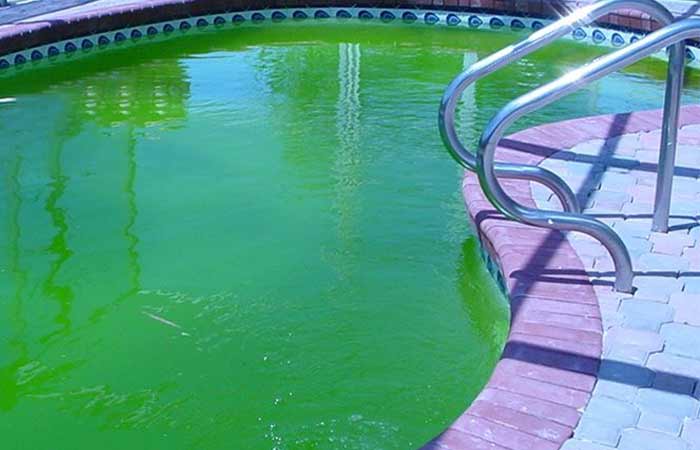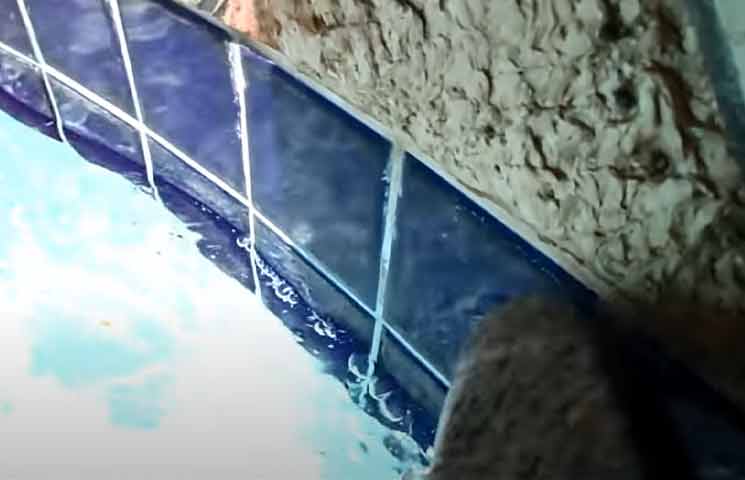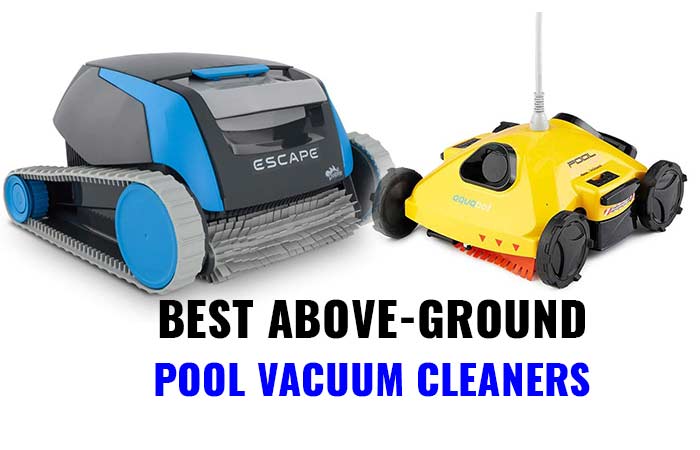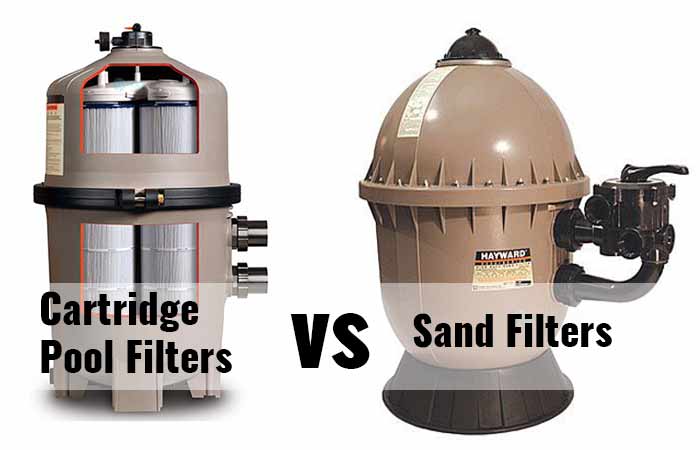How Does a Pool Heat Pump Work?
Pool heat pumps are quite unique in that they actually don’t heat the water directly like your water kettle or showerhead does. Instead, they use a very well-designed system that doesn’t generate heat but uses heat from the environment to warm the water in a swimming pool.
While it uses electricity to run, a pool heat pump only uses the electricity to run a fan at its top and a compression chamber to run the refrigerant through a system of enclosed pipes. This refrigerant, often Freon, goes through various states of cooling and heating to pass on heat to the water from your pool. The procedure is detailed below.
How it Works
A typical pool heat pump works as follows:

1. Water flows to the pool heat pump
When you turn on the pool heat pump, the filter pump will send water to the heater to start the heating process. Keep in mind that the pool heat pump needs a constant flow of water to function properly. As such, if the water isn’t running through the system, it won’t be heated as needed.
The water starts moving through the heat pump and goes to the heat exchanger where heating takes place. Before the heating process begins, however, the following steps take place.
2. Air is sucked into the pool heat pump
The fan located at the top of the pool heat pump spins and sucks in air from around the pump. There isn’t anything special to the air but the fact that it should be a bit warm (often above 30°F). The air will flow over the evaporator coil which is inside the pool heat pump.
3. Heat is extracted from the air
The warm air passing over the evaporator coil ends up heating the coil by some degrees at a time. As the process continues, the coil heats up the refrigerant within it which starts off the next stage of heating. The resulting cold air will be ejected upwards by the fan.
4. Refrigerant is heated to a warm vapor
After a period of heating, the liquid refrigerant inside the evaporator coil is heated to a vapor/gaseous form. It’s only in vapor form that the liquid refrigerant can be used to heat the water from your pool. However, as the next steps show, this isn’t the end of the heating process.
5. Refrigerant vapor is pressurized into a hot gas
From the evaporator coil, the now gaseous refrigerant moves to the compressor which has a piston system. The refrigerant is compressed by this setup. This process leads to a significant increase in the temperature of the vapor which in turn turns into a hot gas. The hot gas then moves from the compressor to the heat exchanger.
6. Hot refrigerant flows through heat exchanger
The workings of a heat exchanger will come in handy when trying to understand how it works in this stage. A heat exchanger has a tube within another larger tube. For this case, the heat exchanger has a titanium tube within a PVC tube. In between the two tubes is space whose purpose is described in the next step below. The hot refrigerant flows through the titanium tube.
7. Pool water gets heated in the heat exchanger
The water from the pool, being relatively cold, flows through the heat exchanger where heat exchange occurs. Heat flows from the hot refrigerant through the titanium tube and to the water running through the outer tubing. As this occurs, the water becomes warm while the refrigerant becomes cooler.
8. Cold refrigerant and warm water flow out of the heat exchanger
The first time the refrigerant meets the water, it’ll be hot while the water will be cold. As they stay together, the water picks up the heat as the refrigerant cools down. By the time they both exit the heat exchanger, the water will be warm and the refrigerant cold.
The water can’t get hot from this heating and only warms up by a few degrees (3-4°C). On the other hand, the refrigerant will be cooled from the hot gas it was to a cool liquid about the temperature of the incoming water. The warm water flows back to the pool as the cooler refrigerant flows back towards the evaporator coil.
9. Cold refrigerant flows to the expansion valve
From the heat exchanger, the cold liquid will flow to the expansion valve where it’ll be cooled further until it’s fully a liquid and it can freely flow to the evaporator coil. The heated water will flow back to the pool.
10. The heating process repeats
The heating process will continue with the refrigerant getting heated by the air and compressor and the water being heated by the refrigerant in the heat exchanger. With time, the whole pool will be heated to a reasonably temperature.
For most pool heat pumps, the outside air temperatures need to be at least 50°F for the pool to work. This means that the summer months are the best for using a pool heat pump since the air would be warm in these months. The same principle, however, is used in the winter as the air is usually within the same temperature ranges.
While you’ll not get water as warm as what you get in the summer, you’ll still have warm water in the winter. Better yet, you can get a heater that requires as little as 30°F to heat the water.

FAQs
Should I leave my pool heat pump on all the time?
Yes. To save on the power used to heat up the water to a certain temperature, keep the pool heat pump on. It uses little electricity this way as it only has to maintain the water temperature rather than heat it up from a low temperature each time.
How long does a pool heat pump last?
Pool heat pumps last between 10 to 20 years. That an average life span of 15 years. Depending on some factors, especially the level of maintenance; more maintenance more years! The following are some maintenance tips to make the pumps last.
1. Ensure to chemical levels at the right pH balance
2. Clean air filters regularly, according to the manufacturer’s recommendations
3. Promptly repair any damage to the pump
4. Replace parts that are worn out.
How long does heat pump take to heat a pool?
A pool heat pump takes between 24 to 72 hours to heat a pool. It depends on the size of the pool, the size of the heat pump and the ambient temperatures besides other factors.
Is a heat pump worth it?
Yes. A heat pump is an easy and cheap way to heat a large body of water without much effort on your end.
Pool Heat Pumps/Filters







